How to Start a Small Garden in Your Backyard: A Step-by-Step Guide for Beginners
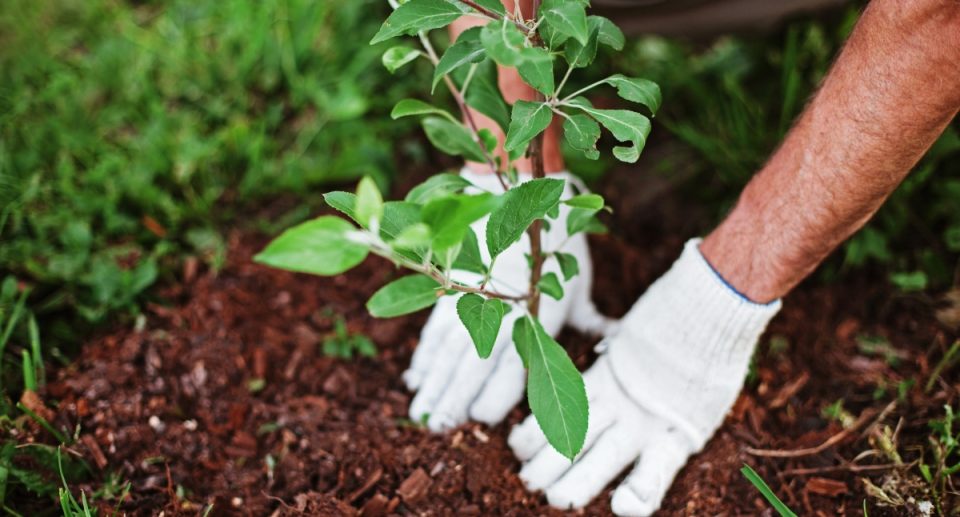
Starting a small garden in your backyard is not only a great way to grow fresh produce and beautiful flowers, but it can also become a fulfilling hobby that benefits your physical and mental well-being. Gardening allows you to connect with nature, enjoy the outdoors, and create a space of beauty and productivity. Whether you want to grow vegetables for your kitchen, herbs for your cooking, or brighten your backyard with flowers, this step-by-step guide will help you take the first steps toward creating a flourishing garden.
1. Deciding What to Grow
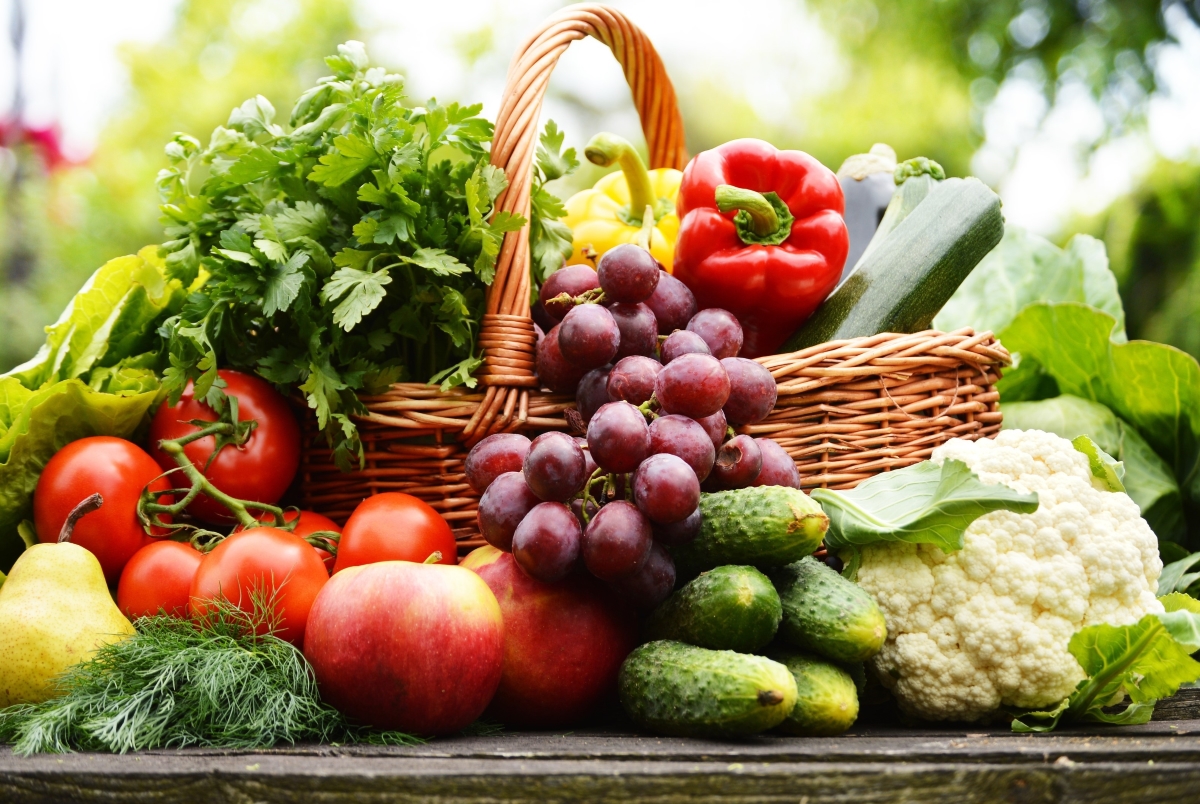
The first and most important decision when starting a garden is deciding what you want to grow. Whether you’re interested in growing vegetables, herbs, or flowers, choosing the right plants will set the foundation for your gardening success.
A. Vegetables, Herbs, or Flowers?
- Vegetables: Growing your vegetables provides fresh, home-grown produce that’s often more nutritious and delicious than store-bought varieties. Great choices for beginners include tomatoes, lettuce, cucumbers, and radishes.
- Herbs: If you love cooking, growing herbs can be advantageous. Basil, mint, oregano, and parsley are easy-to-grow herbs that can enhance your culinary creations.
- Flowers: If you’re more interested in aesthetics, flowers like marigolds, sunflowers, zinnias, and petunias are perfect for adding color and beauty to your garden.
B. Consider Your Climate and Space
When deciding what to grow, keep your local climate and available space in mind. Choose plants that thrive in your region and fit your available space. If you have limited space, container gardening might be an option, where you grow plants in pots or raised beds instead of directly in the ground.
2. Choosing the Right Location
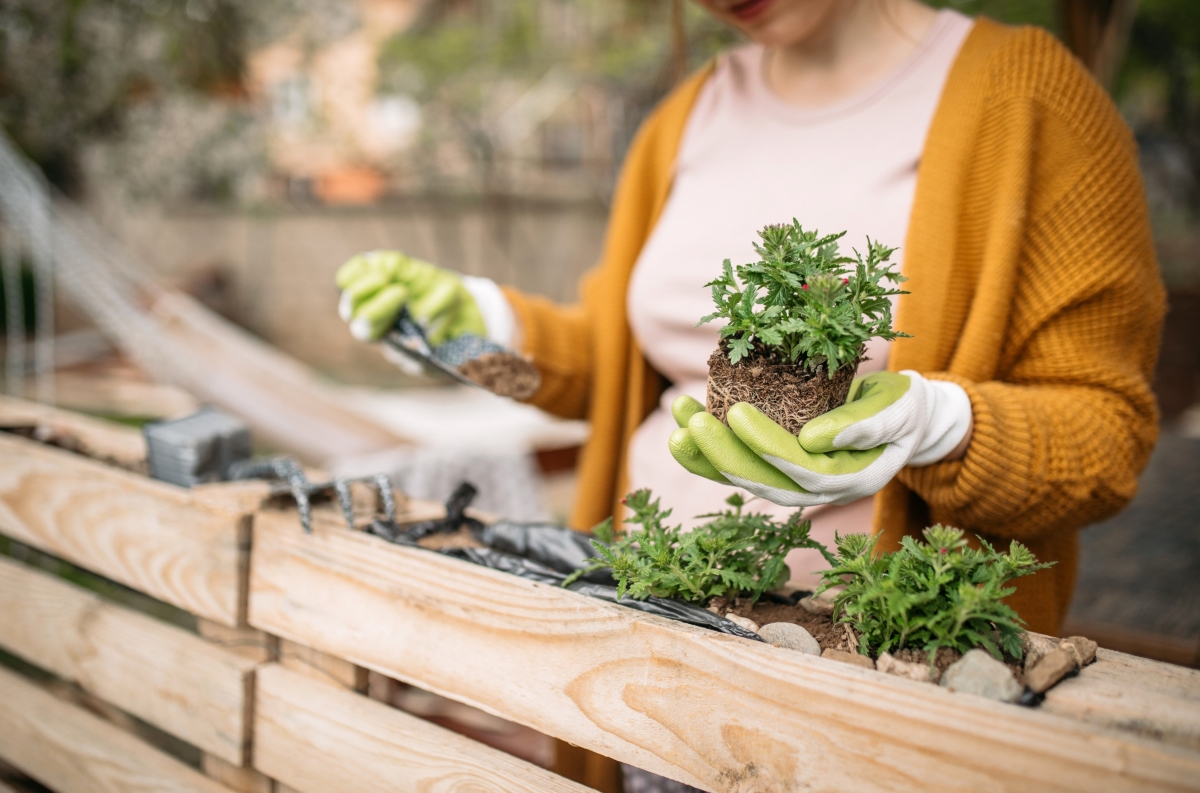
After deciding what to grow, the next step is choosing the ideal location for your garden. The right spot will ensure your plants get the sunlight and nutrients they need to thrive.
A. Find a Sunny Spot
Most vegetables and flowers need at least 6-8 hours of direct sunlight each day to grow properly. Observe your backyard and note which areas receive the most sunlight. Avoid shaded spots under trees or in areas where buildings block the sun.
B. Consider Soil Quality
Good soil is essential for a healthy garden. Check the soil in your chosen spot for quality—healthy soil should be rich, dark, and crumbly. If your soil is sandy, clay-heavy, or lacks nutrients, consider adding compost or organic matter to improve its quality.
C. Accessibility
Make sure your garden is easily accessible. You’ll want to be able to water, weed, and care for your plants without difficulty. Also, consider the proximity to a water source, as your plants will need regular watering.
3. Preparing the Garden Bed
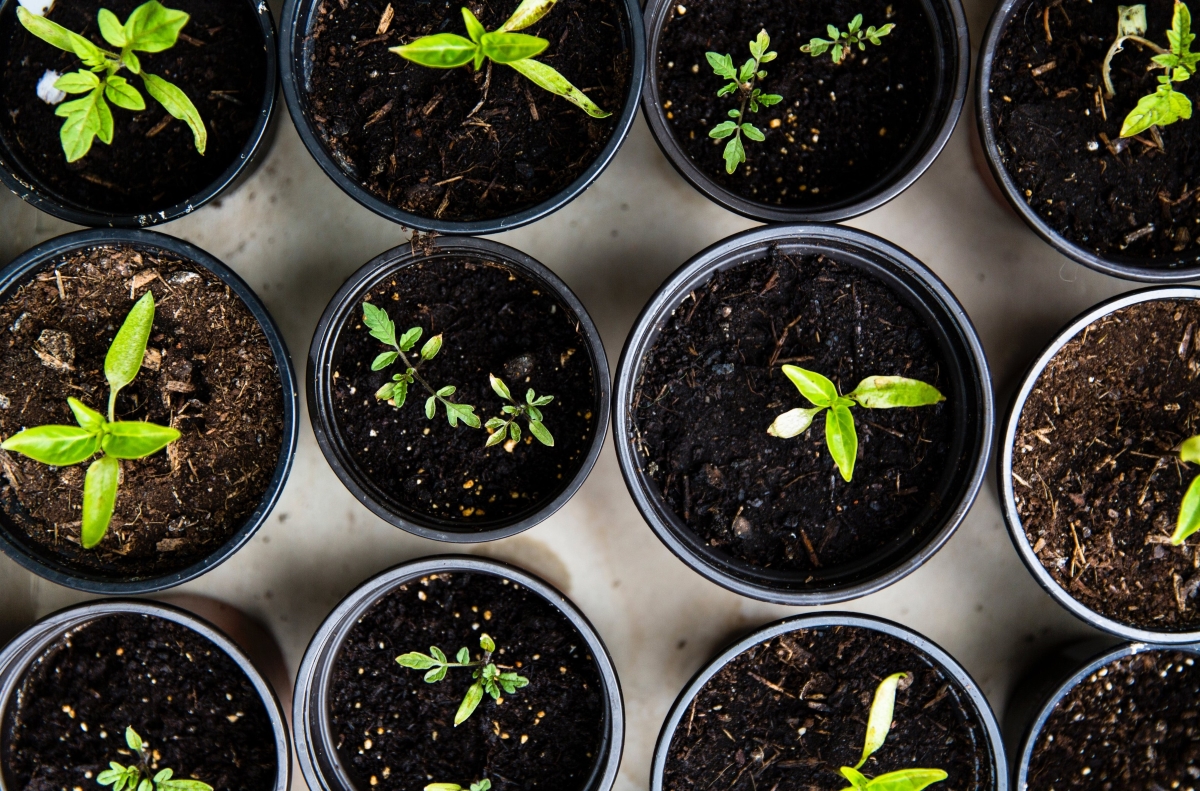
Now that you’ve chosen a location, it’s time to prepare the garden bed. Preparing the soil properly is key to giving your plants the best possible start.
A. Clear the Area
Before planting, clear the area of any grass, weeds, or debris. You can use a garden fork, spade, or hoe to remove unwanted vegetation. Make sure the area is clean and free of rocks or large roots that could interfere with your plants.
B. Loosen the Soil
Loosening the soil helps roots penetrate more easily and allows water and nutrients to reach the plants. Use a garden fork or tiller to loosen the soil to a depth of about 12-15 inches. If your soil is compacted, this step is especially important for promoting healthy root growth.
C. Add Compost or Fertilizer
Mix in organic compost or a balanced fertilizer to enrich the soil with nutrients. Compost improves soil structure, provides essential nutrients, and encourages beneficial microorganisms. If you’re growing vegetables, look for vegetable-specific fertilizers that promote growth and yield.
4. Planting Your Garden
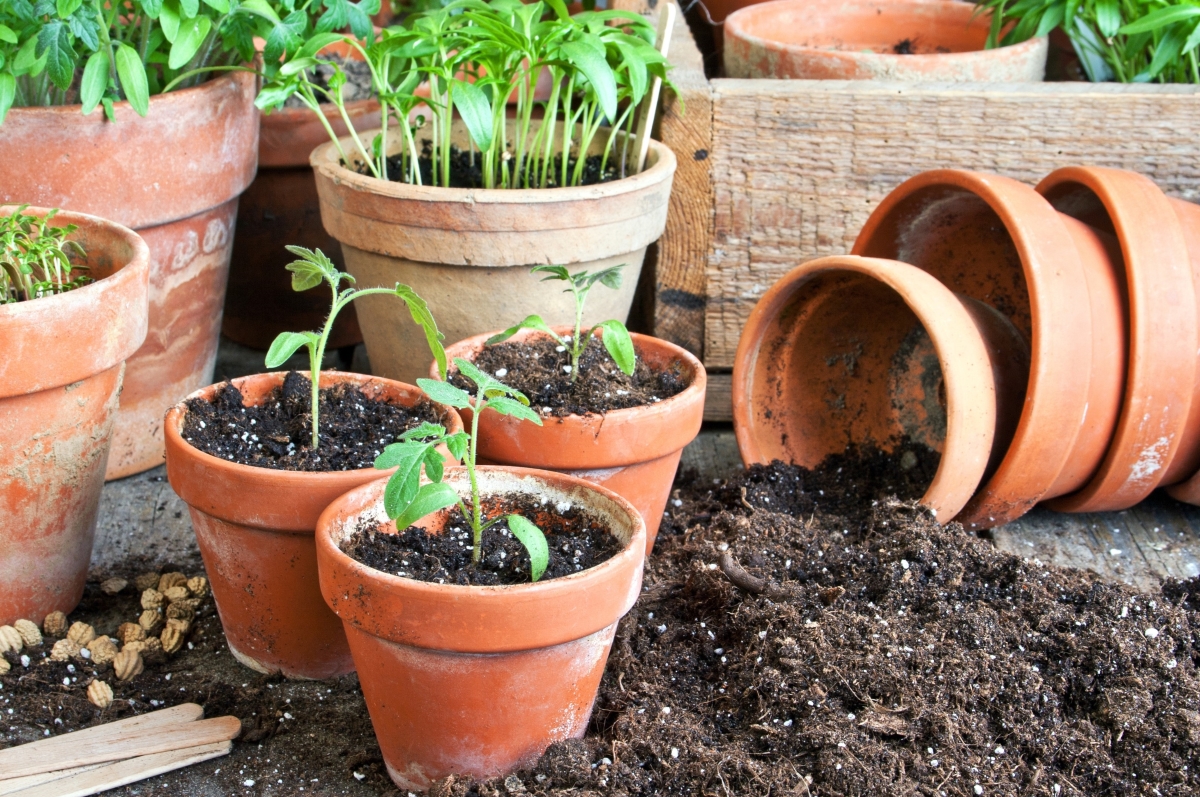
With your garden bed prepared, it’s time to start planting! Whether you’re sowing seeds or transplanting seedlings, careful planting will ensure your garden gets off to a strong start.
A. Start with Seeds or Seedlings
- Seeds: If you’re planting from seeds, follow the instructions on the seed packet regarding planting depth and spacing. Some seeds, like carrots and lettuce, can be sown directly into the soil, while others may need to be started indoors and transplanted later.
- Seedlings: If you’re starting with young plants or seedlings, dig holes in the soil that are slightly larger than the plant’s root ball. Gently place the seedlings into the holes, cover them with soil, and press down lightly to remove air pockets.
B. Space Plants Properly
Proper spacing is crucial for allowing plants to grow without competing for resources. Be sure to give each plant enough space according to its specific needs—this information can usually be found on seed packets or plant labels.
C. Water Gently
After planting, water your garden gently to help the soil settle around the roots. Avoid overwatering, as this can cause roots to rot. Keep the soil moist but not waterlogged, especially in the first few weeks as the plants establish themselves.
5. Caring for Your Garden

Once your garden is planted, it’s important to care for it regularly to keep your plants healthy and productive. Here are some key aspects of garden care:
A. Watering
Consistent watering is essential for plant growth, but the amount of water needed will vary depending on the type of plant, weather conditions, and soil type. In general, most plants require about 1 inch of water per week, either from rainfall or supplemental watering. Water early in the morning to minimize evaporation and ensure your plants get the moisture they need.
B. Mulching
Mulching is an excellent way to retain soil moisture, reduce weeds, and stabilize soil temperature. Apply a layer of organic mulch, such as straw, wood chips, or compost, around your plants. This helps conserve water and prevent weed growth, making garden maintenance easier.
C. Weeding
Weeds compete with your plants for nutrients, water, and sunlight, so keeping them under control is important. Regularly check for weeds and remove them as soon as they appear, pulling them out by the roots to prevent regrowth.
6. Protecting Your Garden
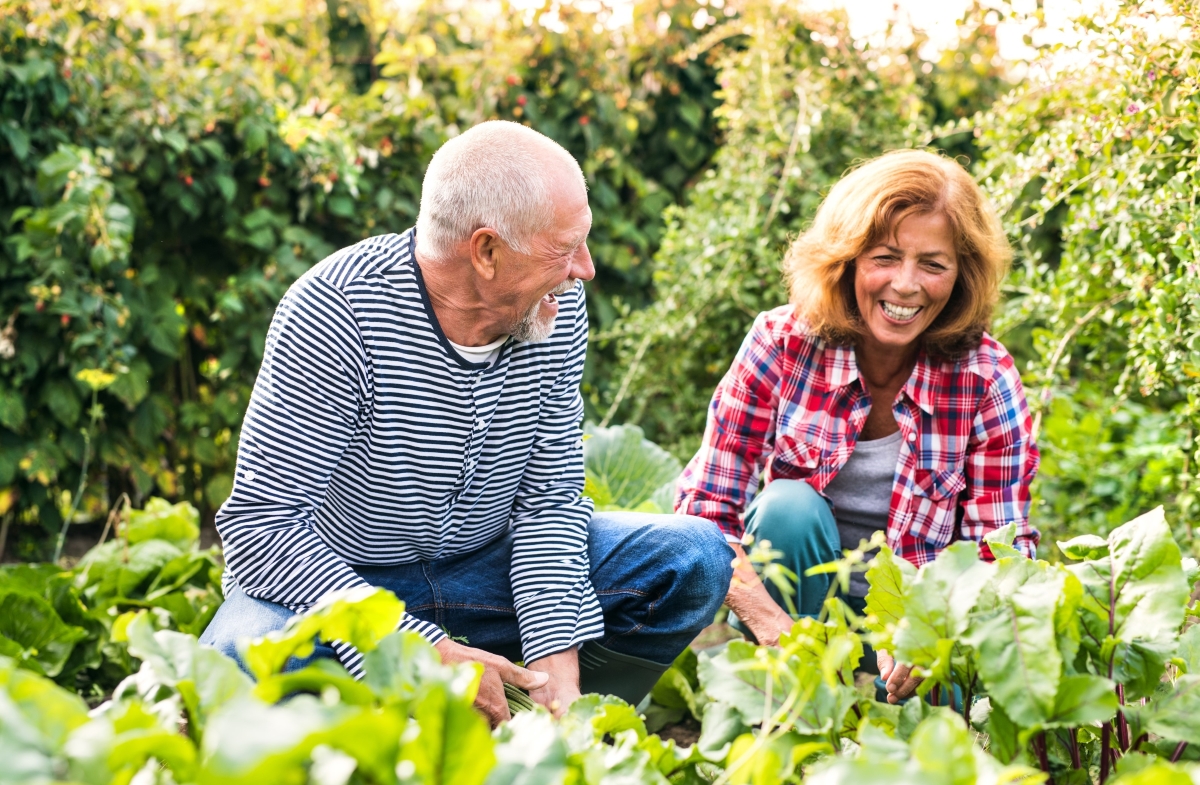
Gardens are susceptible to pests and diseases, which can harm your plants if left unchecked. Taking preventative measures will help protect your garden and ensure a healthy harvest.
A. Pest Control
Common garden pests include aphids, slugs, and caterpillars. Use natural pest control methods, such as introducing beneficial insects like ladybugs or using organic sprays made from neem oil. Companion planting (growing plants that naturally repel pests together) can also help.
B. Disease Prevention
To prevent plant diseases, practice good garden hygiene by keeping the garden area clean and removing any diseased or damaged plant material. Rotate crops each season to prevent soil-borne diseases from building up.
C. Fencing and Barriers
If your garden is prone to animals like rabbits or deer, consider installing a small fence around your garden bed. Physical barriers can also protect your plants from being trampled by pets or wildlife.
7. Harvesting Your Garden
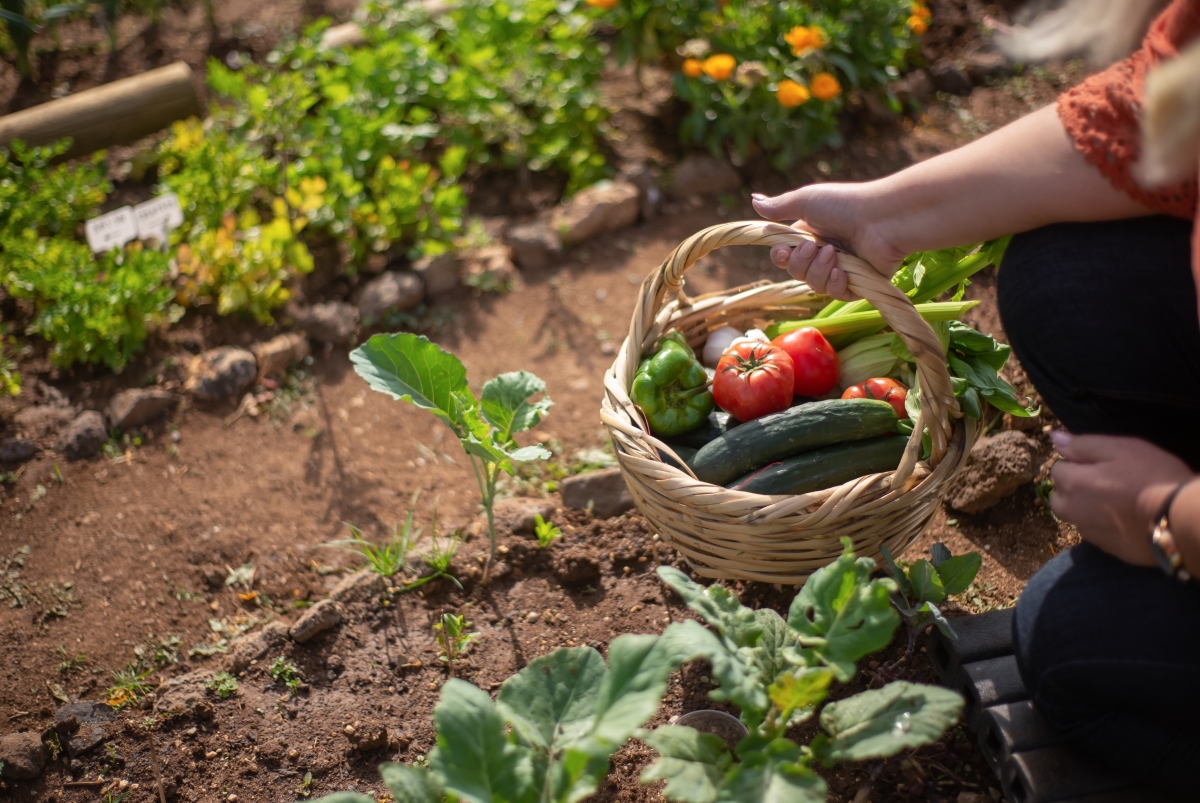
The best part of gardening is enjoying the fruits of your labor! When your plants are ready, you can begin harvesting and enjoying the fresh produce or beautiful flowers.
A. Timing Your Harvest
Pay attention to the signs that your crops are ready to harvest. For example, vegetables like tomatoes should be picked when they are firm and fully colored, while herbs can be harvested as soon as they have enough leaves.
B. Enjoy the Fruits of Your Labor
Once harvested, you can enjoy your fresh produce in meals, share it with family and friends, or use your flowers to brighten up your home.
Conclusion
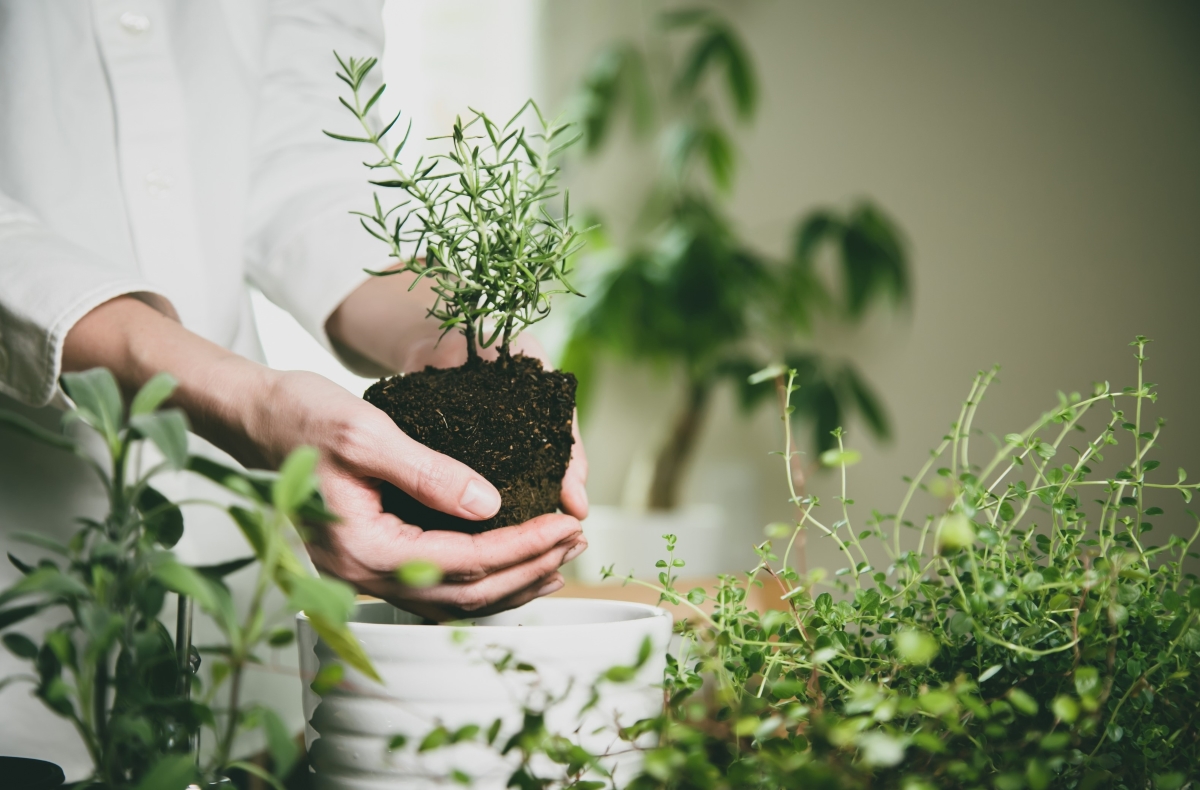
Starting a small garden in your backyard may seem like a big project, but following these simple steps, you’ll be well on your way to creating a beautiful and productive space. From choosing what to grow and preparing your garden bed to caring for and harvesting your plants, gardening offers endless rewards and satisfaction. Embrace the joy of growing your food or flowers and watch your garden flourish!





